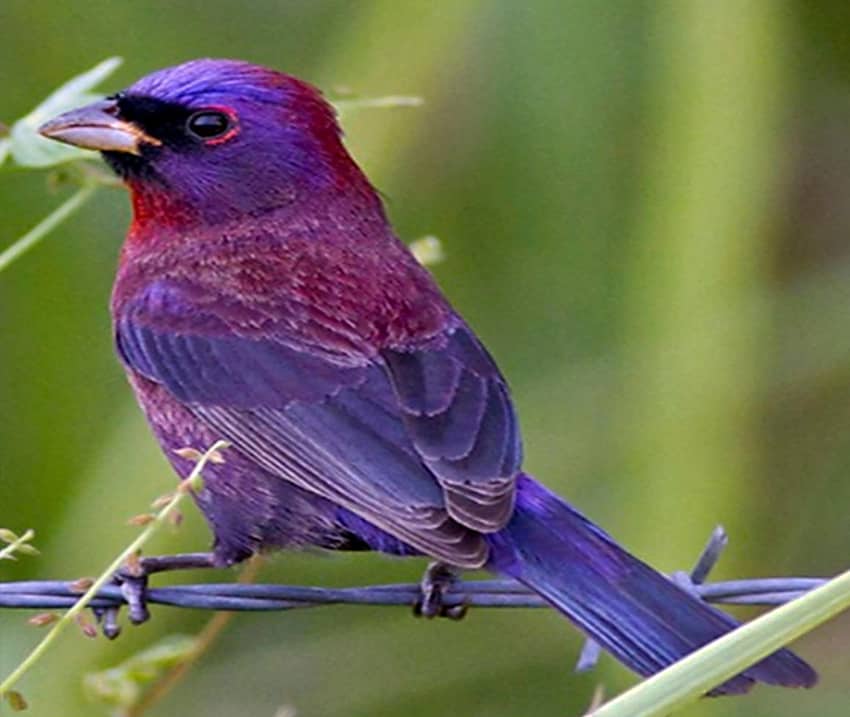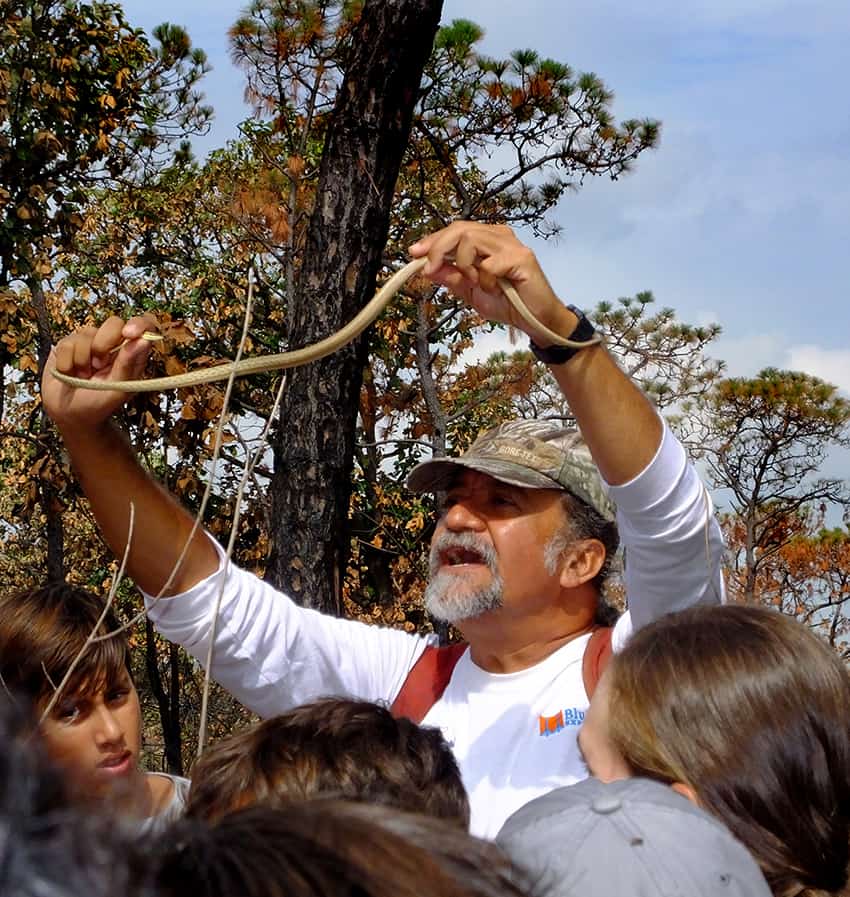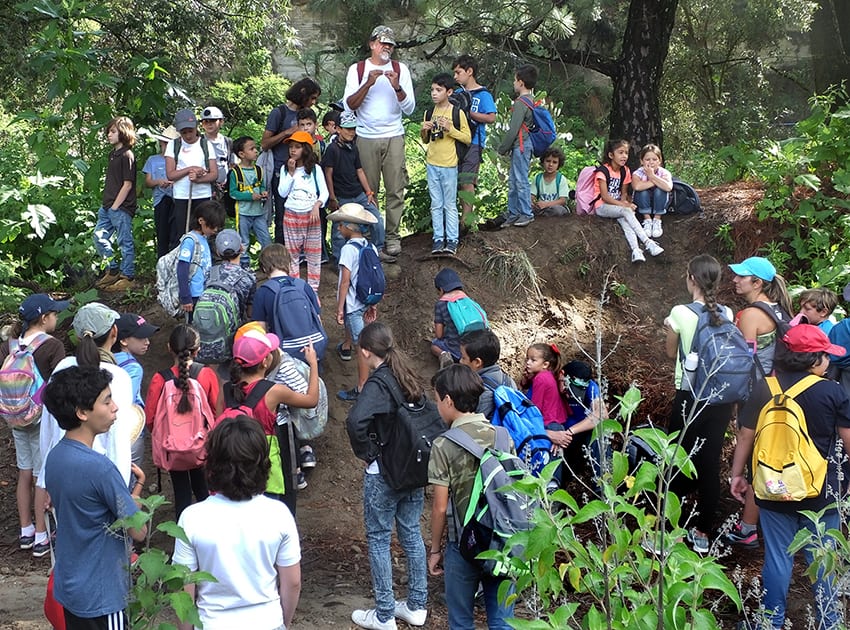Why city folks should appreciate it

Jalisco’s Primavera Forest is huge, covering 30,500 hectares. It starts precisely where the city of Guadalajara ends and stretches west for about 23 kilometers, and measures 18 kilometers from top to bottom.
Although it is called a bosque (forest), it is much more than that. Its pine-and-oak-covered hills mark the exact location of the Primavera Caldera, a volcano that erupted dramatically 94,000 years ago, shooting 40 cubic kilometers of ash and pumice (called jal in Mexican Spanish) straight up into the air in a Yellowstone-type explosion which affected the whole planet. The word Jalisco refers to the area where this jal fell back to Earth.
Recently, forest managers have created an interpretive trail where visitors can experience the caldera’s unique giant pumice horizon, consisting of blocks of pumice up to eight meters in diameter, a phenomenon that has attracted geologists from all around the world to Bosque la Primavera.
Hot rivers and hissing fumaroles
The magma that caused the great explosion all those millenia ago still lurks beneath the woods and manifests itself in boiling-hot rivers and hissing fumaroles.
The Federal Electric Commission decided to tap that subterranean hot water many years ago and sank 13 steam wells in the forest – some of them nearly two kilometers deep – and in the process, they disfigured the forest to such an extent that angry environmentalists were able to curtail the entire project.

The Primavera Forest is home to 742 species of flora, 200 birds, and 59 mammals, including curious creatures like coatís and ringtails, not to mention a few pumas.
In 1980, the forest was declared a protected area and wildlife reserve by President López Portillo, and in 2006, it was named a biosphere reserve by UNESCO.
Protected, but privately owned
While these designations may look like a triumph for nature conservation, Bosque la Primavera has serious problems. When the government declared the forest a protected area, it neglected to purchase the land. The people living there were simply handed a long list of things they would no longer be allowed to do, including ranching and farming activities that could bring them income. To this day 80% of the Primavera is owned either by private individuals or ejidos (cooperatives).

Despite these circumstances, this forest is mostly composed of vast stretches of wilderness where you can walk for days without seeing another human being.
Wildflowers, slot canyons and hot springs
At one moment, you may find yourself strolling through an endless field of aromatic wild sage just as tall as you are. Then you step into a clearing filled with wildflowers: trumpet-like morning glories, pine pink orchids, fragrant and edible flores de San Juan, and gorgeous dahlias (the Mexican national flower).
Lush vegetation, spectacular slot canyons, hot springs, scenic peaks: the Primavera Biosphere Reserve is the perfect place to introduce city folks to nature, and its managers decided to dedicate October 27, Primavera Forest Day, to a colloquium on “The Forest as Teacher.”

This is an excellent turn of speech, as it contrasts with the traditional approach to teaching in schools via books, lectures, and memorization.
The forest as an educator
The concept of using the forest itself as a teacher was pioneered in Jalisco by local naturalist Jesús “Chuy” Moreno who, over more than three decades, would take as many as 100 children into the woods all day long, day after day, for two weeks each summer.
“They would typically start out fickle,” Moreno told me. “’Yuk, this tall grass tickles my feet,’ they would say… but two hours later they would be having the time of their lives playing in it.”
Then it would begin to rain and the kids would look at Moreno, who would shrug his shoulders: “It’s just water,” he would say, without batting an eye.
Birds, beetles and vinegaroons
Immersed in the woods all day long, the group would come upon birds, flowers, beetles, agaves, snakes, and perhaps a strange arachnid called a vinegaroon or whip scorpion, a creature with pincers and a long needle-like tail. In these cases, out would come reference books and the children would set to work identifying the species they discovered and learn all about them. As a result of spending two weeks exploring the woods, many of these children ended up deciding to become biologists and botanists themselves.
Inspired by Moreno’s courses in the woods, I began to organize family-style hikes in the Primavera Forest. To ensure that even five-year-olds would consider the experience “fun,” I limited the length of the hikes to two or three kilometers and turned all of them into loop hikes, incorporating both slot canyons and deep forest in every route. With the help of botanists, biologists, and geologists, I learned things that I could pass on to each group of hikers.
Weekly hikes for families
At the colloquium celebrating Primavera Biosphere Reserve Day, participants suggested that short, family-style hikes like these could be organized every week, with biology and botany students acting as guides to take adults and children away from their smartphones for a while and give them a positive introduction to nature.
Guadalajara is now praised for its Via RecreActiva, which gets hundreds of people on their feet on weekends and I hope that it will someday also be famed as “the city that loves the biosphere.”
The writer has lived near Guadalajara, Jalisco, since 1985. His most recent book is Outdoors in Western Mexico, Volume Three. More of his writing can be found on his blog.
Source: Mexico News Daily

